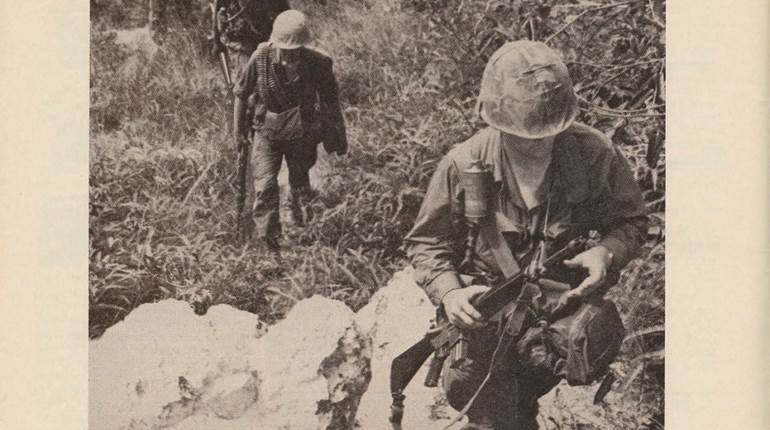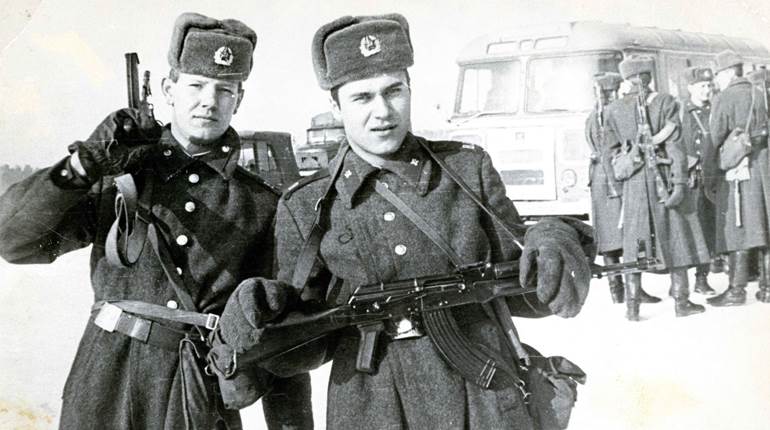In the years before World War II, the water-cooled, belt-fed heavy machine gun represented the international standard. Then during that conflict, the air-cooled light machine gun came into general use and demonstrated that it offered something more suitable to the modern battlefield. In the aftermath of the war, the U.S. government embraced the new concept and began to look for a weapon that could replace both the M1919A6 belt-fed light machine gun and the M1918A2 Browning Automatic Rifle.

The military wanted the best of both worlds: an automatic weapon that could advance with an attacking echelon or be used in fixed defensive positions with a tripod. It also wanted the same design to be adaptable for use as a coax-gun on armored vehicles or as armament in fixed wing and rotary wing combat aircraft. In consideration of these requirements, it sought to adopt a weapon that could fill all of these roles effectively: a general-purpose machine gun.

The design that showed the most promise had evolved from the Bridge Tool & Die Co. T44, an experimental design from 1946 that combined a German FG42 rifle with an MG42 machine gun’s feed system. But the T44 was chambered for 7.92x57 mm Mauser and by the 1950s military small arms design was moving away from the fullsize rifle cartridges that fought the World Wars. In keeping with this, the U.S. began the development of the T65, a cartridge that would ultimately be adopted as the 7.62x51mm NATO M80.
When the experimental T44 was modified to feed the new M80 cartridge, it became the T52, and the general anatomy of the M60 really began to take shape. Further design development lead to the Inland Division of General Motors T161E3 in 1955, which was ultimately adopted as the M60 in February 1957. The version of the M60 that was standardized at that time features a short-stroke gas-piston operating system firing from the open bolt, and feeds the M80 cartridge using M13 metallic disintegrating links.

An air-cooled weapon, it fires at the moderate cyclic rate of between 500 and 650 r.p.m. Its 22” barrel develops a muzzle velocity of 2,800 f.p.s. and can be changed easily and quickly in order to provide a sustained volume of fire. It can be fired from its built-in bipod or it can be mounted on the M122 tripod to deliver accurate fire at longer ranges.

While the M60 remained in U.S. service beyond the threshold of the 21st century, it is perhaps best remembered for its conspicuous role in combat in Vietnam during the 1960s and 70s. Today it still serves in places like the Philippines, but it is no longer in the U.S. military’s inventory. Nevertheless, it is remembered as the machine gun that troops lovingly referred to as “the Pig” in recognition for its stout 23 lbs. mass.
The weight of the gun notwithstanding, the M60 wrote an important chapter in the development of military automatic weapons during the 20th century. There are hundreds of examples of “the Pig” on the National Firearms Act registry, and it remains one of the most valued items in any machine-gun collection.


























